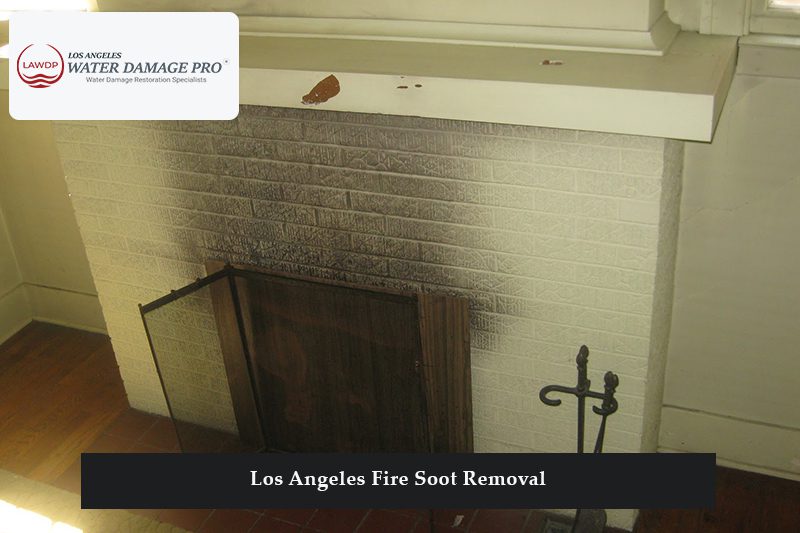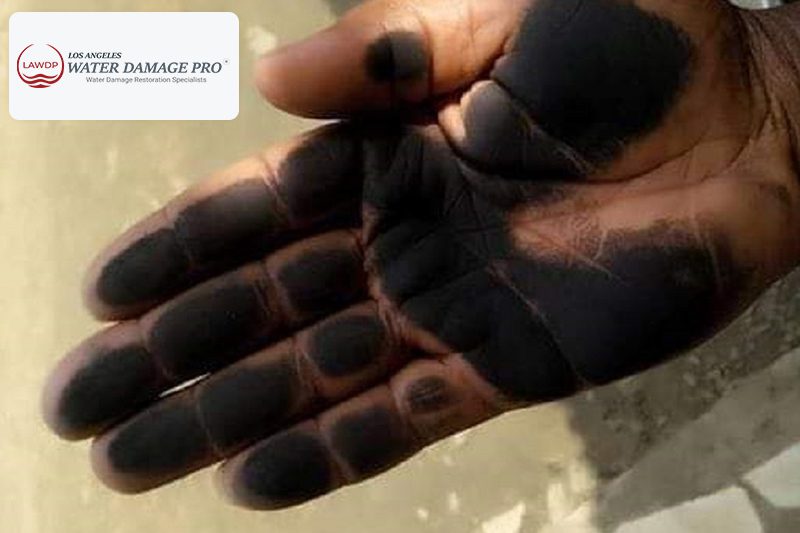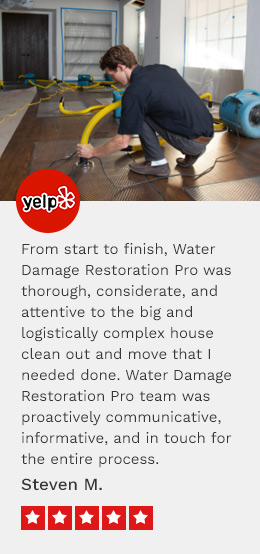Los Angeles Fire Soot Removal
You need Los Angeles fire soot removal services if you have recently experienced a fire incident.

One of the major challenges in the aftermath of a fire is dealing with the pervasive and stubborn residue left behind, soot. Soot is a byproduct of burning materials that can be incredibly difficult to remove and causes further damage if not addressed properly.
Risks of Fire Soot
There are several reasons why you should strive to eliminate all soot from your premises after a fire. Here are some reasons why you should get Los Angeles fire damage restoration specialists:
Health risks and respiratory problems
Fire soot contains a wide range of harmful substances. These include carbon particles, volatile organic compounds (VOCs), heavy metals, and other toxic chemicals. When inhaled, these particles can penetrate deep into the respiratory system, causing various health issues.
Damage to property and infrastructure
Fire soot not only poses risks to human health but also causes significant damage to properties and infrastructure. Fire soot particles can leave dark, greasy stains on walls, ceilings, furniture, and other surfaces. The acidic nature of fire soot also corrodes and erodes various materials, including metal, glass, and stone.
Environmental impact of fire soot
Fire soot not only affects human health and property but also has adverse environmental consequences. Air pollution, climate change and water contamination are some environmental reasons to work with Los Angeles fire soot removal professionals.
Essential Steps in Our Fire Soot Removal Process
The fire soot removal process is crucial in restoring a property after a fire incident. Here are the essential steps in the fire soot removal process:
Safety Assessment
Before starting the soot removal process, a thorough safety assessment is conducted to ensure that the structure is stable and safe for the cleaning crew. If there are any safety hazards, they must be addressed before proceeding.
Ventilation and Air Filtration
Proper ventilation is established to remove airborne soot particles from the area. Air filtration systems are used to capture and filter out soot contaminants, improving air quality during the cleaning process.
Dry Soot Removal
Dry soot is often removed first using dry cleaning methods, such as dry sponges or dry cloths. These materials attract and trap soot particles without smearing them.
Wet Cleaning
Wet cleaning methods are employed to remove stubborn or sticky soot residues from surfaces. Specialized cleaning solutions and equipment are used to break down and dissolve soot particles.
Soot Removal from Hard Surfaces
The cleaning crew meticulously cleans all hard surfaces, including walls, ceilings, floors, countertops, and fixtures. Different cleaning techniques may be used based on the surface material and the extent of soot buildup.
Soot Removal from Soft Materials:
Soft materials such as upholstery, drapes, and carpets are cleaned using appropriate methods to lift soot particles and stains without causing further damage.
Deodorization
Soot particles can cause persistent odors. Deodorization techniques are employed to neutralize and eliminate these odors, leaving the property smelling fresh and clean.
| Types of Surface | Recommended Soot Removal Method |
| Walls | Dry Cleaning, Wet Cleaning |
| Ceilings | Dry Cleaning, HEPA Vacuuming |
| Flooring | Dry Cleaning, Wet Cleaning |
| Furniture | Dry Cleaning, Wet Cleaning |
| Electronics | Professional Cleaning, Inspection |

Work With Los Angeles Fire Soot Removal
It is advisable to work with professional fire soot removal experts such as Water Damage Restoration Pro that are experienced in handling such situations. Our professionals have the expertise, equipment, and knowledge to ensure a thorough and effective cleaning and restoration process while prioritizing safety. Contact us today for a quick consultation.
FAQs
Fire soot can release harmful chemicals and toxins into the air, leading to respiratory problems and other health issues. Prompt removal is crucial to improve indoor air quality.
The longer soot remains on surfaces, the more difficult it becomes to remove, and the greater the risk of permanent staining and damage.
Professionals use protective barriers and coverings to isolate unaffected areas, preventing cross-contamination and minimizing damage to unaffected spaces.
Fire soot removal should begin as soon as possible to prevent further damage. The longer soot remains on surfaces, the more difficult it becomes to remove, and the greater the risk of permanent staining and damage.


